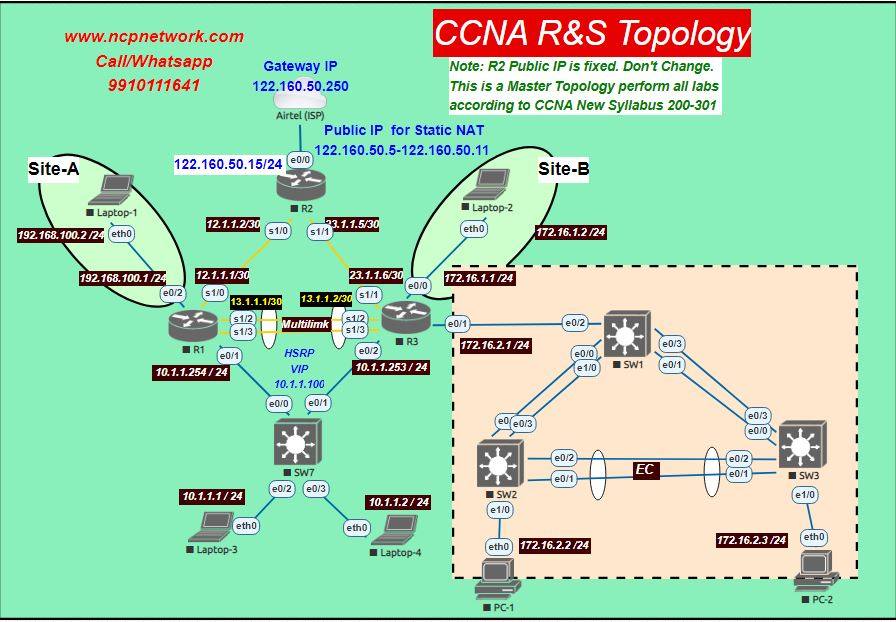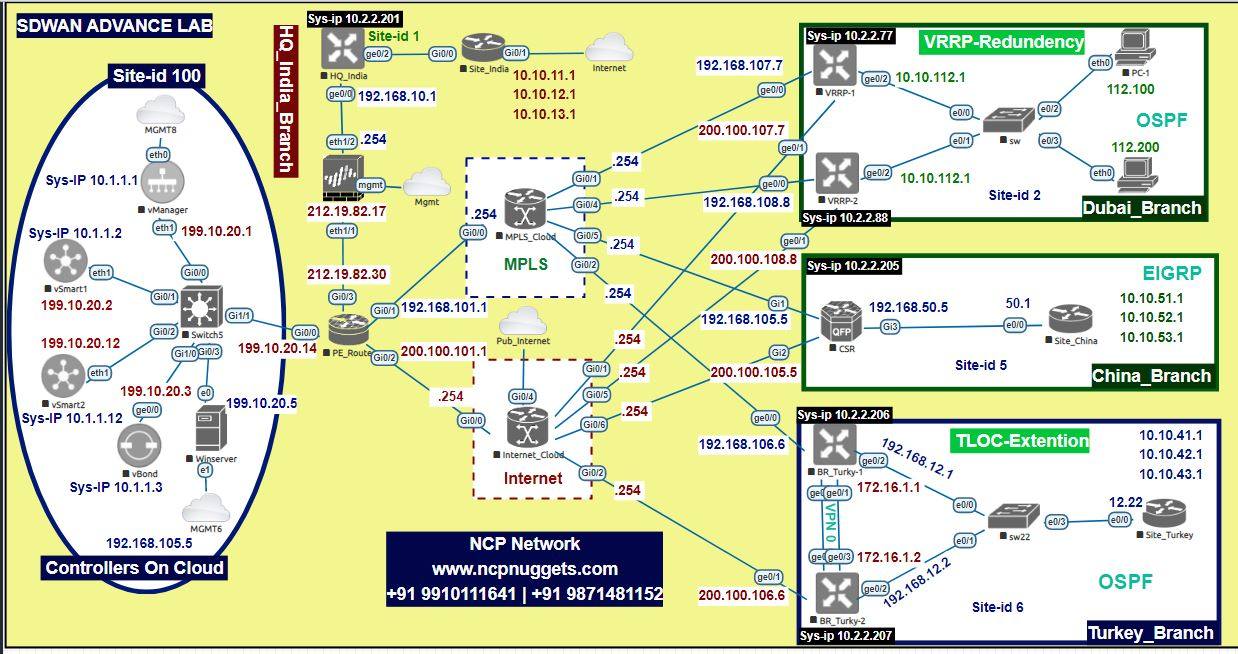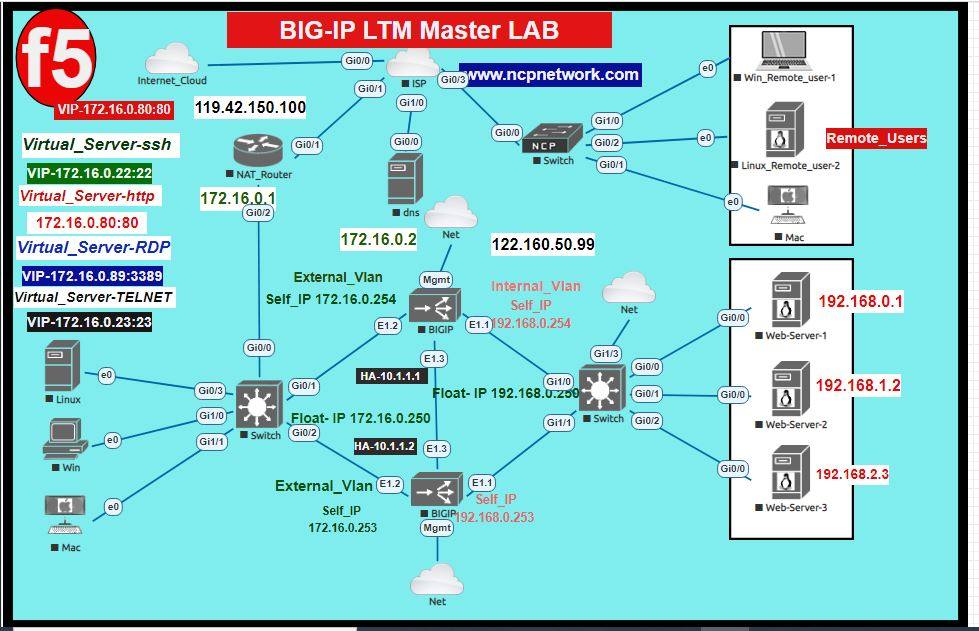Become An Instructor
.png)
Blog Detail

CCNA Training Syllabus
1. IPv4 ADDRESSING
• IP address
• Version of IP Address
• Characteristics of IPV4
• Classification of IPV4
• Public IP Address
• Private IP Address
• Network Mask
• Role Network mask in IP Addressing
• Default Mask of Classful IP Address
• IP Address is combination of Network bits & Host bits
• Network ID or Network Address
• Broadcast ID or Broadcast Address
• ANDing Process
• No. of Network ID’s & Valid IP Address in Class A, Class B, Class C
• Subnetting
• Summarization
• Tips & Tricks
• » Network Address, Broadcast Address
• » First Valid IP address,
• » Last valid IP address,
• » Valid range of IP address,
• » Subnet mask,
• » Block size,
• » Next Network Address,
2. Introduction of Cisco Router
• General port diagram of Cisco Routers
• Cable & Connection.
• Connectivity diagram of Cisco Routers with Network Devices
•
IP ROUTING
• Basic Routing Concept
• Routed & Routing Protocols
• » Next hop
• » Longest Match
• » AD
• » Metric
• » Destination NID
• » Route Codes
• » Outgoing Interface
• AD & Metrics of Different Routing Protocols
4. Static Routing
Configure, Verify and Troubleshoot
• » Static Route
• » Default route
5. DYNAMIC PROTOCOLS & DYNAMIC ROUTING
• Types of dynamic protocols
• IGP vs. EGP protocols
• Link state vs. Distance Vector
6. OSPF (Open Shortest Path First)
• Configure, Verify and Troubleshoot
• OSPF Terminology
• Link-states Advertisement
• Router ID & its selection.
• Loopback Interface & Loopback Address
• Hello timer & Dead Timer
• Concept of Area in OSPF & its Advantages
• Backbone area
• Types of Area’s in OSPF
• OSPF router interface Priority
• DR & BDR Concept
• Process ID
• Concept of Wild Card Mask
• ABR & ASBR
• Passive Interface
• AD & Metric
• Neighbor adjacency components
• OSPF router states
• OSPF LSA Types
• Discuss OSPF single & multi area
• Type of Tables in OSPF
• » Neighbor Table
• » Topology Table
• » Routing Table
• Types of OSPF Network Topologies
• » Point-to-Point
• » BMA
• » NBMA
7. EIGRP (Enhanced Interior Gateway Routing Protocol)
• Configure, Verify and Troubleshoot
• » Feasible Distance / Feasible Successors /Administrative distance
• » Feasibility condition
• » Metric composition
• » Auto summary & no auto summary
• » Multicast address of eigrp
• » Hello & Hold timer
• » Variance factor
• » AD’’s of eigrp
• » Passive interface
• » Wild card mask
• Types of Eigrp tables.
• » Neighbor Table
• » Topology Table
• » Routing Table
• Neighbor adjacency Parameter
• » Hello
• » ASN
• » METRIC WEIGHT
8. BGP (Border Gateway Protocol)
• Configure, Verify and Troubleshoot
• BGP Introduction
• BGP Neighbor & Network Implementation
• Types of ASN (public and private)
• Type of BGP Tables
• Type of BGP Neighbor
• Neighbor Adjacency components
• When to use BGP
9. Packet Filtering (ACL)
• Configure, Verify and Troubleshoot
• Types of ACL
• Inbound and outbound
• Standard and Extended ( No. and Named)
• Drawback of Numbered ACL
• ACL Implementation Rules
10. WAN
• Introduction of WAN
• Advantage of NAT
• Static NAT, Dynamic NAT, PAT
• Configure, Verify and Troubleshoot
• Ppp authentication
• Ppp multilink
11. VPN
• Introduction of vpn
• Vpn models
• Gre terminology
• Mpls terminology
• Ip-sec vpn
12. IPv6
• Configure, Verify and Troubleshoot
• Introduction of IPv6
• Need of IPv6
• IPv6 addressing
• » Link Local address
• » Site local address
• » Global Unicast Address
• » Multicast Address
• » eui 64
• IPv4 to IPv6 Migration
• » Dual stack
• Different way to represent Ipv6
• IPv6 supporting protocols
13. HOW TO MANAGE CISCO DEVICES
• Cisco Discovery Protocol (CDP)
• Resolving hostname
• Password recovery procedure
• Backup & Up gradation of IOS
• Backup & Up gradation of Configuration File
• telnet, ssh, syslog server, ntp
14. IP SERIVCES
• DHCP
• DHCP Server (IOS Router)
• DHCP Client
• DHCP Pool
• Excluded addresses
• Lease Time
• Default Router
15. LAN Switching
• Introduction of Cisco Switches
• Collision Domain & Broadcast Domain
• Bridges and Hubs
• Bridge & its Function
• » Forwarding
• » Filtering
• » Flooding
• Formation of MAC Table or CAM Table
• VLAN
• Access port & Access link
• Trunk port & Trunk link
• How to form trunk & its requirements
• Trunking Protocols ISL & dot1q
• DTP
• Inter-Vlan Routing
• SVI
• VTP & ITS MODE
• STP
• STP Convergence Components
• » lowest Bridge ID
• » lowest RPC
• » lowest Sender BID
• » lowest Sender Port ID
• STP Convergence Steps:
• » Election of Root Bridge.
• » Election of Root Port.
• » Election of Designated Port
• Spanning Tree Mode
• PVSTP
• STP Advance Feature
• » Uplinkfast
• » Portfast
• » Backbonefast
• Basic concept of RSTP
• Drawback of STP
• Concept of Etherchannel
• HSRP
16. Network Device Security
• Configure and verify network device security features such as
• » Device password security
• » Enable secret vs. enable
• » Transport
• » Disable telnet
• » SSH
• » VTYs
• » Physical security
• » Service password
• Configure and verify Switch Port Security
• Violation modes
• » Shutdown
• » Protect
• » Restrict
17. OSI (Open System Interconnection) & TCP/IP
• Introduction to OSI or Layered Structure model
• Data encapsulation & De-encapsulation Process
• PDU form of Data at each layer
• Role of OSI layers
• » Application
• » Presentation
• » Session
• » Transport
• » Network
• » Data link
• » Physical
• Introduction of Protocols & Network Devices per layer
• OSI peer to peer communication diagram
• OSI Vs. TCP/IP
• TCP/IP Layers
18. Network Automation via Python script
19. Brief Introduction of SDWAN Arch.
• Controllers
• Transport
• Wan Edges Devices
• Types of VPN
• Types of Tunnels.
• Overlay fabric
• underlay fabric
20.Brief Introduction of QoS Components
• Best Effort
• Intserv
• Diffserv
• Delay
• Jitter
• Loss
• Queues
• Classification
• Marking
• Queuing
• Congestion
• Policing
• shaping




.jpg)
.png)
